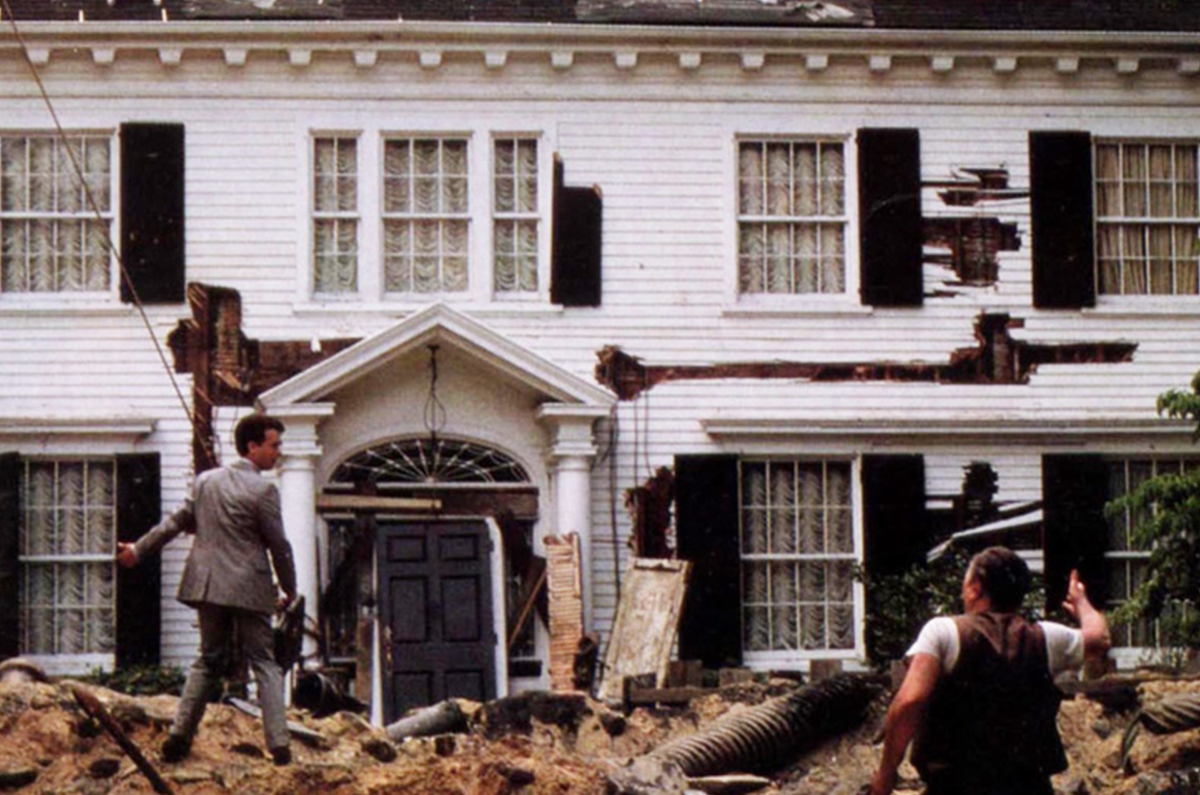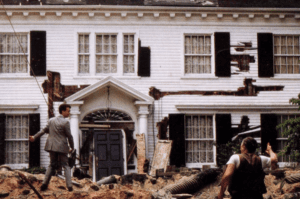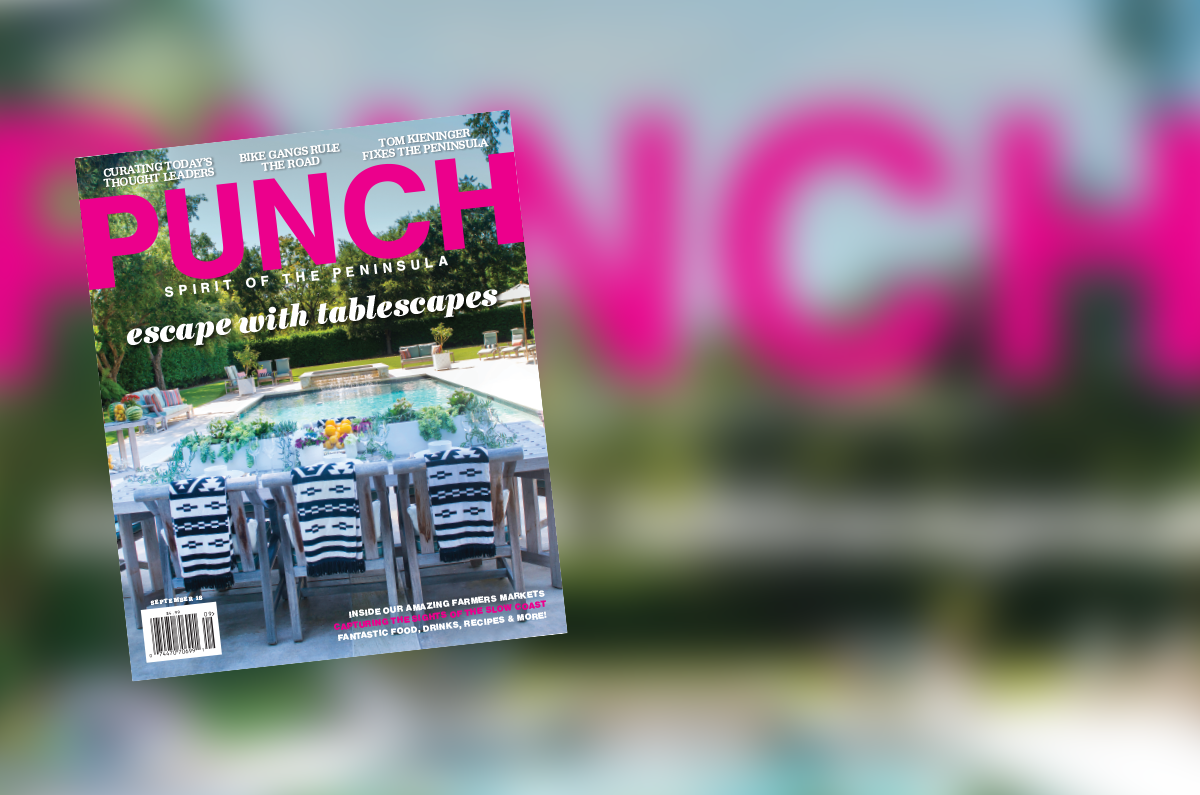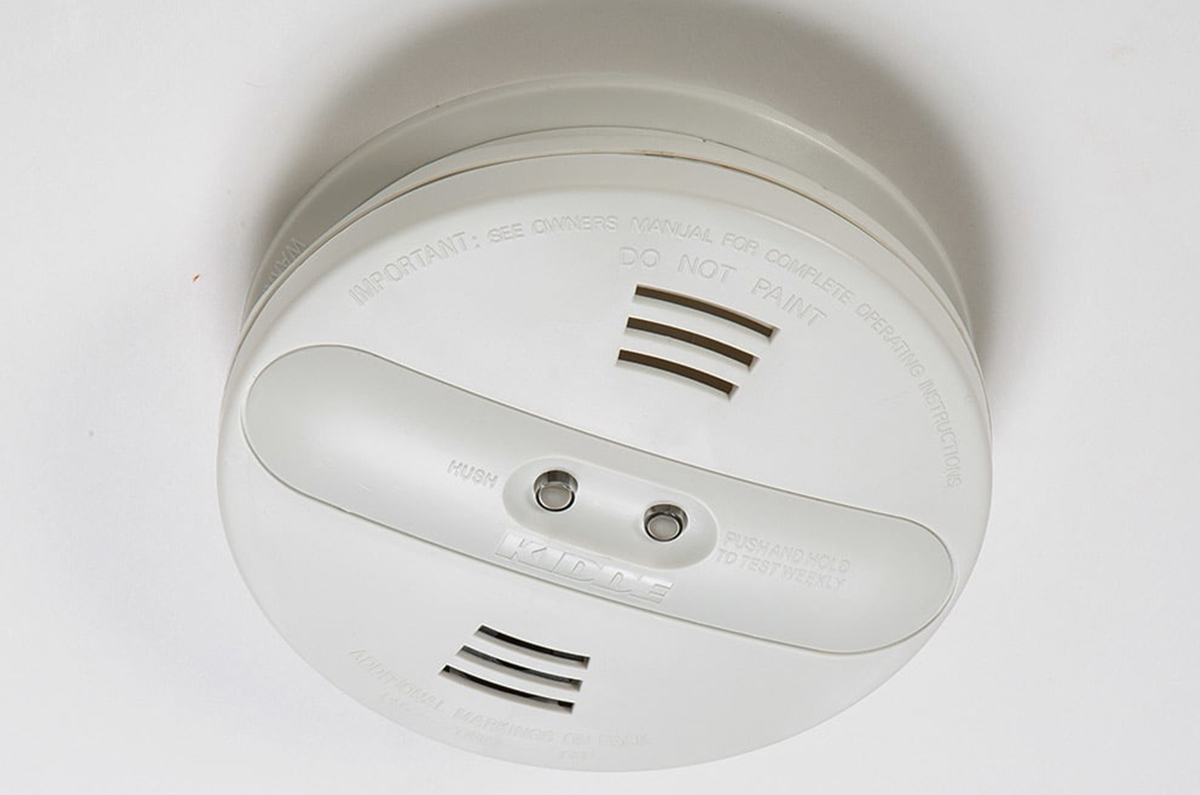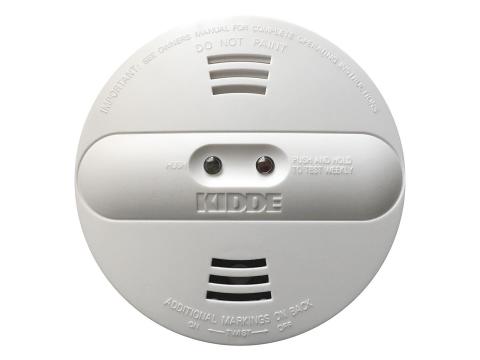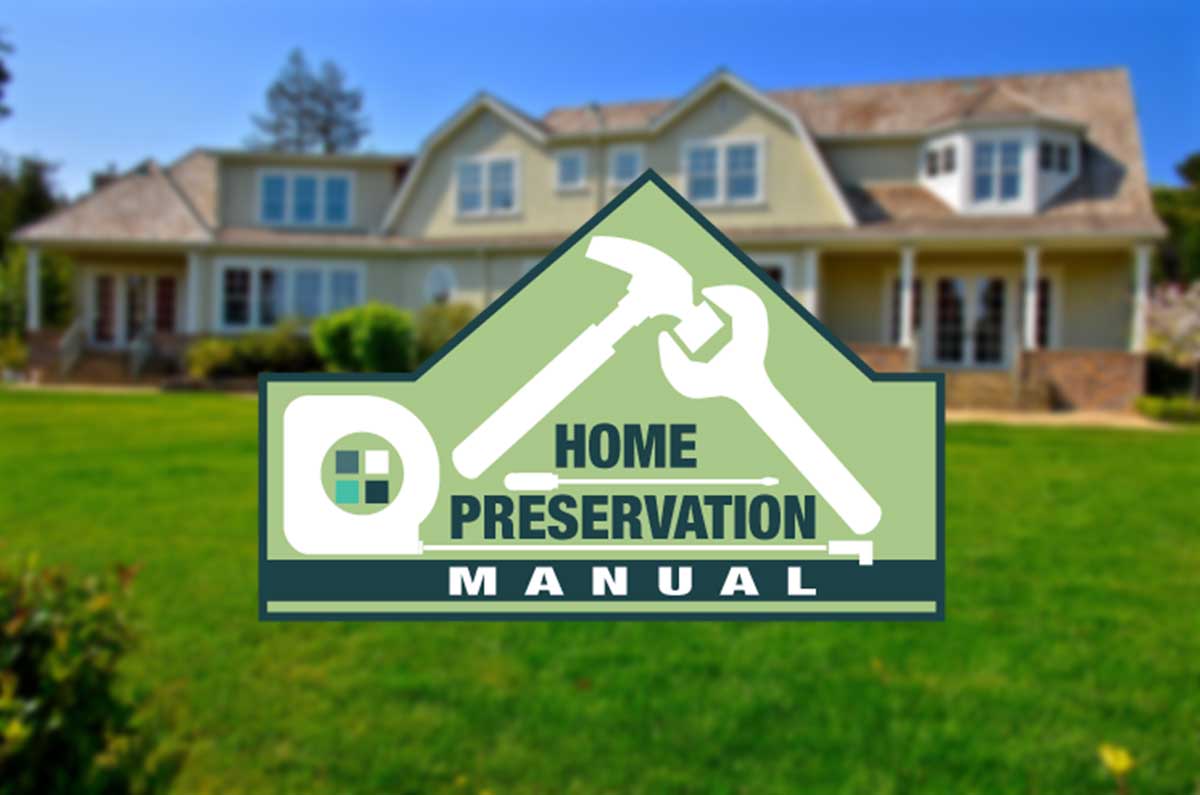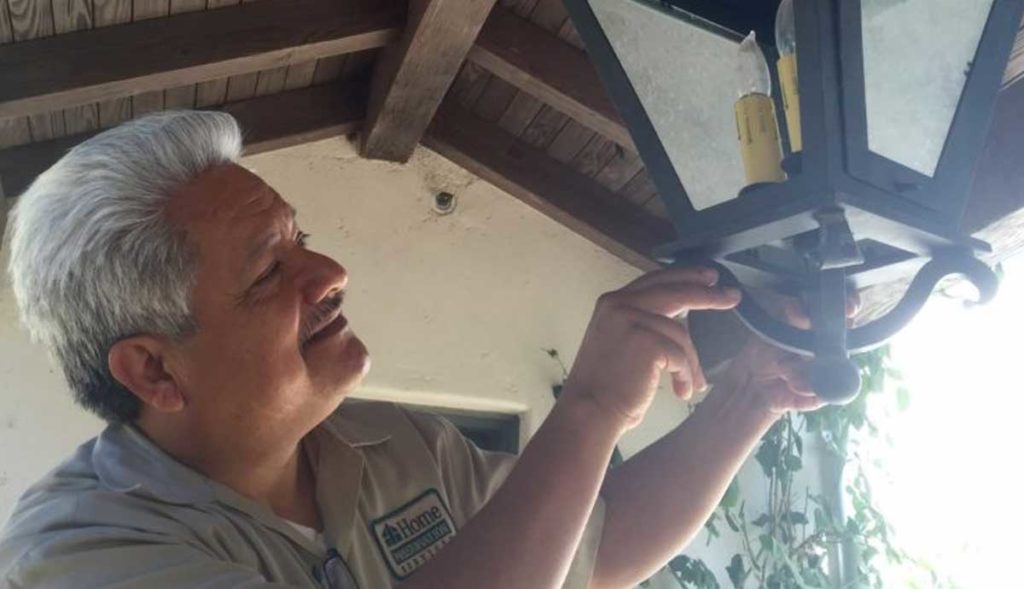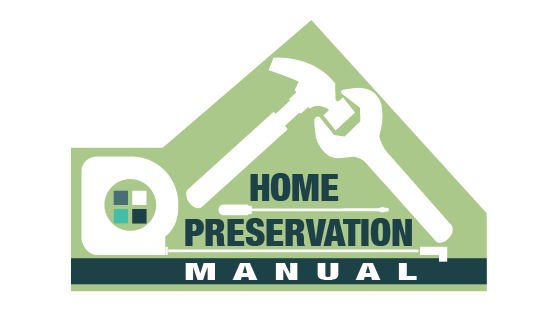Bequeath it
The very first thing you need to do is talk to your family. Offer things to the people you think will most enjoy or best take care of them. The way you want. Ask around and see if there are family members that might want things before you move on to the next steps.
Sell it
The best option, will always be to sell your best stuff, especially if you need the money. Unfortunately, the only way this works well is if you can sell it before you HAVE to sell it.
Get real about prices
This is a tricky business since we collectors all think we are going to live forever. Plus we tend to place a high value on the things we like vs the rest of the world, so selling things we have an attachment for is slow and painful. But it must be done.
Selling may be painful emotionally, and it may take time and effort, but you may actually discover that you can get a reasonable amount for good stuff. And as a bonus some items you thought of as junk may just be worth real money to collectors.
What’s in demand
Have you watched Antique Roadshow or American Pickers? They know what’s in demand. Check collector-oriented websites or eBay to get clues about values, then advertise the items on-line. Craigslist, NextDoor and Facebook all have free local on-line selling platforms. Study up on how to safely sell valuable items on-line. Some large or delicate items are best sold locally if possible.
Although some select mid-century items are quite sought after and very valuable, you may be disappointed to learn that most of the heirlooms and collectibles that were once so important to your parents, are no longer wanted. Baby Boomers inherited tons of household and family goods, but now that they are passing away, the Next and Millennial generations don’t seem to want it.
What’s not
Tastes have changed. For example, quaint maple or oak dining table and chair sets that were once highly popular in the 1980’s, now cannot be given away. As a result, there is a glut of that stuff on the market.
You can forget consignment centers unless you have really large, rare or expensive items. These places are literally filled to overflowing with goods right now. Most are very, very selective and the prices for consignment goods are low and dropping. Even thrift shops have become picky about what they allow to take up space on their properties.
Yard sales
The last alternative for selling is a yard sale. I don’t care for these personally because they are a lot of work and don’t make much money. Plus they might attract unwanted strangers. But if you don’t mind any of that, have at it.
If your stuff doesn’t sell, don’t worry, you simply learned the market’s opinion of the value You still have some alternatives, and there is a chance that someone may at least pick it up and haul it away for you.
Donate it
Posting a sign that says “Free” or “Take Me” and putting it on a street corner is not a good idea. Doing so will very likely anger your neighbors, break city ordinances and you could even be cited for littering while the debris sits exposed waiting for the perfect bargain hunter to drive by. Before defacing the neighborhood, learn about on-line websites and forums that have sections for free goods. Give them a try.
Non-profit donations
The next option is to wait for a non-profit donation pick-up, such as those offered by HOPE Services, veterans’ groups, Goodwill and the Salvation Army. While this is a great solution for getting service to your door, these groups will require your patience as they are busy. Most are also quite selective about what they will accept. Rejected items include mattresses of any size, large appliances, personal care items, building materials, cribs, car seats and some types of televisions (needy folks apparently only want flat screens). Be prepared for some rejection when they come to your home.
Building materials
For building materials, you can work with ReStore a non-profit home improvement and donation center run by Habitat for Humanity. They heroically divert 7,000 tons of waste each year from landfills by accepting items like leftover construction materials, fixtures, home accessories and some furniture and appliances. ReStore sells this stuff back to the public at a fraction of retail price. In addition, ReStore proceeds help to fund many Habitat For Humanity homes each year. They tend to want newer and good condition material. Like most non-profits these days, they have very specific needs & criteria and do not take everything. Learn more at: http://restore.habitatebsv.org/donate-items/donation-criteria/.
Recycle it
One of the best ways to keep items out of landfills is to recycle them. Be sure to contact your local public recycling center to see what items can be picked up, what items can be dropped off and what can be bought-back (think glass, cans & cardboard to name a few).
With regards to HHW (household hazardous waste), virtually all cities & counties have drop-off centers; note that nearly all require appointments and have very distinct increments of product they will accept at a time, as well as limits on what types of chemicals, paints and medications are allowed.
Don’t forget to check if your area has a Freecycle Network. This grassroots organization exists in over 5,000 communities with 9 million members around the world. By striving to get and give within their neighborhoods, Freecycle members strive to reuse and limit landfill usage.
Dump it
If you have ruled out all the other options, it’s time to consider a hauling service. Got Junk and others will come to your address, pick up the material and off it goes. Once again, nothing is free. Haulers charge based on truck size & capacity. They are subject to labor, equipment, gas, travel time, and of course, those landfill fees!
Landfill space is becoming a premium and there has been an increase in closures since 2005. There are few remaining municipalities with the space, desire or money to build more landfills, so the trend is towards dump closures within small communities and trucking the waste to large regional centers. The result is that it will only cost MORE to get rid of your stuff as the years go by.
Summary
The easiest solution to this dilemma of course is to not have a lot of stuff to begin with. This is easier said than done. I know this first hand because I am what you would call a nostalgic collector. I have an urge to acquire great old things that I could never afford when I was growing up. Also, I cannot stand to see a quality item head for the dump before its time. The reason I started HPS after all was to try to make houses last longer.
Even so, now that I have personally experienced the effort and costs for disposing of my parents stuff, I have lot less incentive to collect more of my own. “Dying with the most toys” might be a cool T-shirt slogan, but it can sure create hell for those left behind to deal with it.
Hopefully knowing all this will help change some thinking about the constant accumulation of material. At the very least you might set some realistic expectations about what it will take in terms of cost, time and energy to completely clear things out when the time comes.

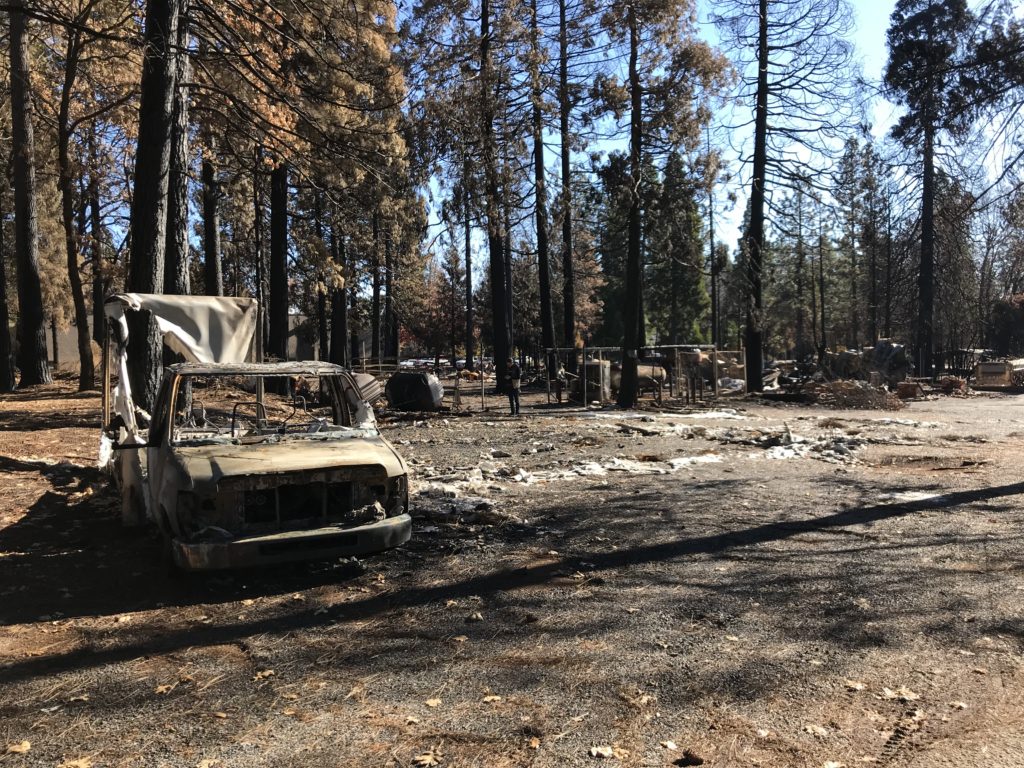






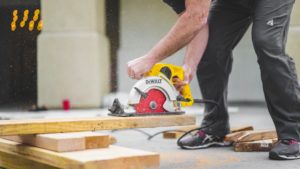

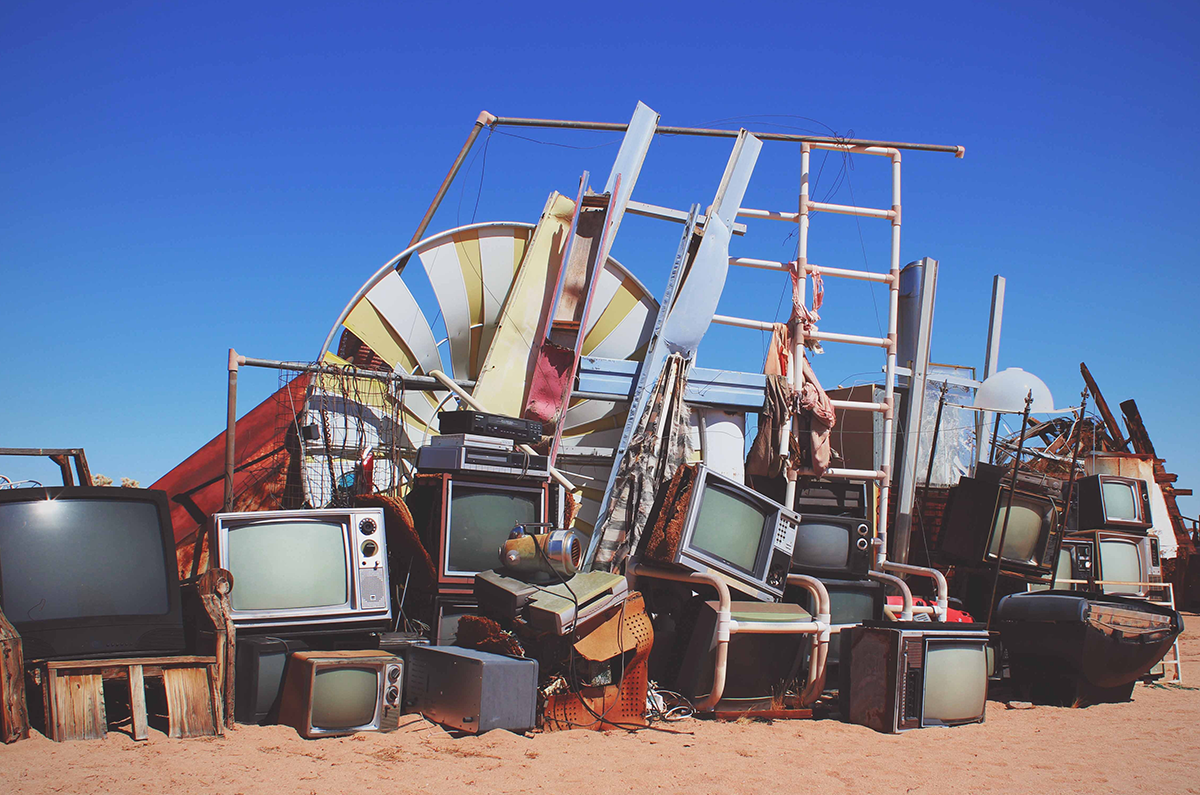


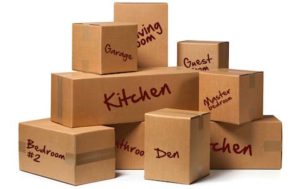 What if nobody wants your old stuff?
What if nobody wants your old stuff?

